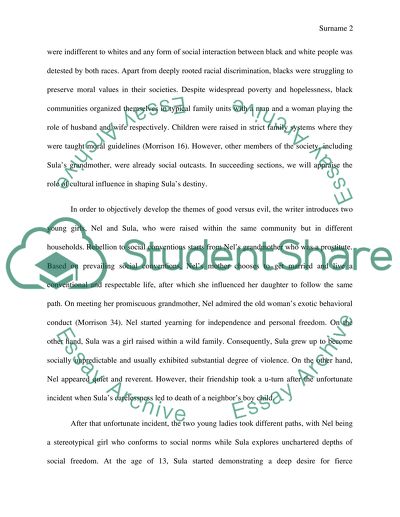Cite this document
(“Cultural Influences in the Novel Sula Literature review”, n.d.)
Cultural Influences in the Novel Sula Literature review. Retrieved from https://studentshare.org/literature/1491729-enc
Cultural Influences in the Novel Sula Literature review. Retrieved from https://studentshare.org/literature/1491729-enc
(Cultural Influences in the Novel Sula Literature Review)
Cultural Influences in the Novel Sula Literature Review. https://studentshare.org/literature/1491729-enc.
Cultural Influences in the Novel Sula Literature Review. https://studentshare.org/literature/1491729-enc.
“Cultural Influences in the Novel Sula Literature Review”, n.d. https://studentshare.org/literature/1491729-enc.


